Today we are going to take the topic of proportionality for example, to have a discussion on the different sets of knowledge and Mathematical skills required from primary school to middle school, which will be mainly in the following aspects:
1. Calculation: from arithmetic to algebra – from numerical calculation to manipulation of algebraic expressions;
2. Problem solving: changes of perspectives from numerical analysis to variable relations.
Both of the two areas of main changes happened in the topic of proportionality. Now let’s take a look at one set of questions we practiced during our topical reviews. Students need to tell what type of proportion between the two variables in each case: direct proportion, inverse proportion or no proportion:
1. The perimeter of rectangle fixed, length and breath.
2. The first term of ratio fixed, the second term and the value of ratio.
3. Circumference of a circle and its radius.
4. The total number of product fixed, the number of qualified products and the passing rate.
5. The mass of a coffee bean bag fixed, the number of bags and the total mass.
6. The volume of a cone fixed, its base area and its height.
Despite of the limitation of this type of questions, with no numerical calculation needed, it still requires a relatively high level of Maths thinking and skills. Take Question 3 for example, students not only need to know the formula of area of a circle, they should also be able to perform basic algebraic manipulation purposefully to obtain S⁄r=πr, and then the capable ones could tell the two quantities are not directly or inversely proportional as certain conditions not satisfied. And these six questions cover knowledge from G2 to G6: rectangle, product passing rate, price, ratio, circle and cone… with more advanced and algebraic requirement.
Whether students could show competence in G6 Maths, and further success in the next stage of study, it depends on whether they have a solid foundation in the following three aspects:
1. Numerical calculation. Do it correctly, then fast. With well acquired number sense and the help of a range of operation rules, simplification should also be performed whenever necessary;
2. Understanding of various quantitative relations. The teaching and learning of Maths is a process of spiraling upward. As mentioned in previous example, exercises in the topic of proportionality also required wide range of knowledge and proficiency in many other topics.
3. Information processing capability. It’s also one of the foci and objectives which we would like the students to achieve in the subject. From the known to the unknow, prerequisites to logical conclusion, relations among quantities – in fact most of problems solving in Maths depend on such capability of processing and handling information.
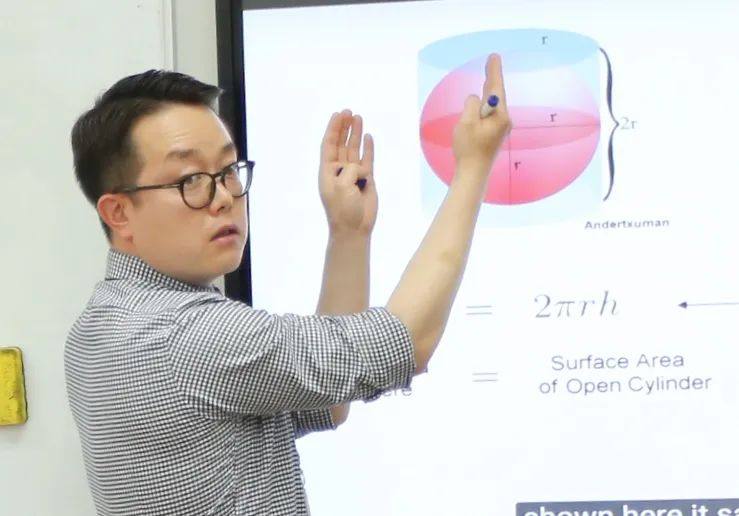
All the above three aspects put forward higher requirements on students’ mathematical ability in the transition period from primary school to middle school. Solid foundation in knowledge and skills, as well as good study habits have always been the cornerstones of academic success in every stage of education.
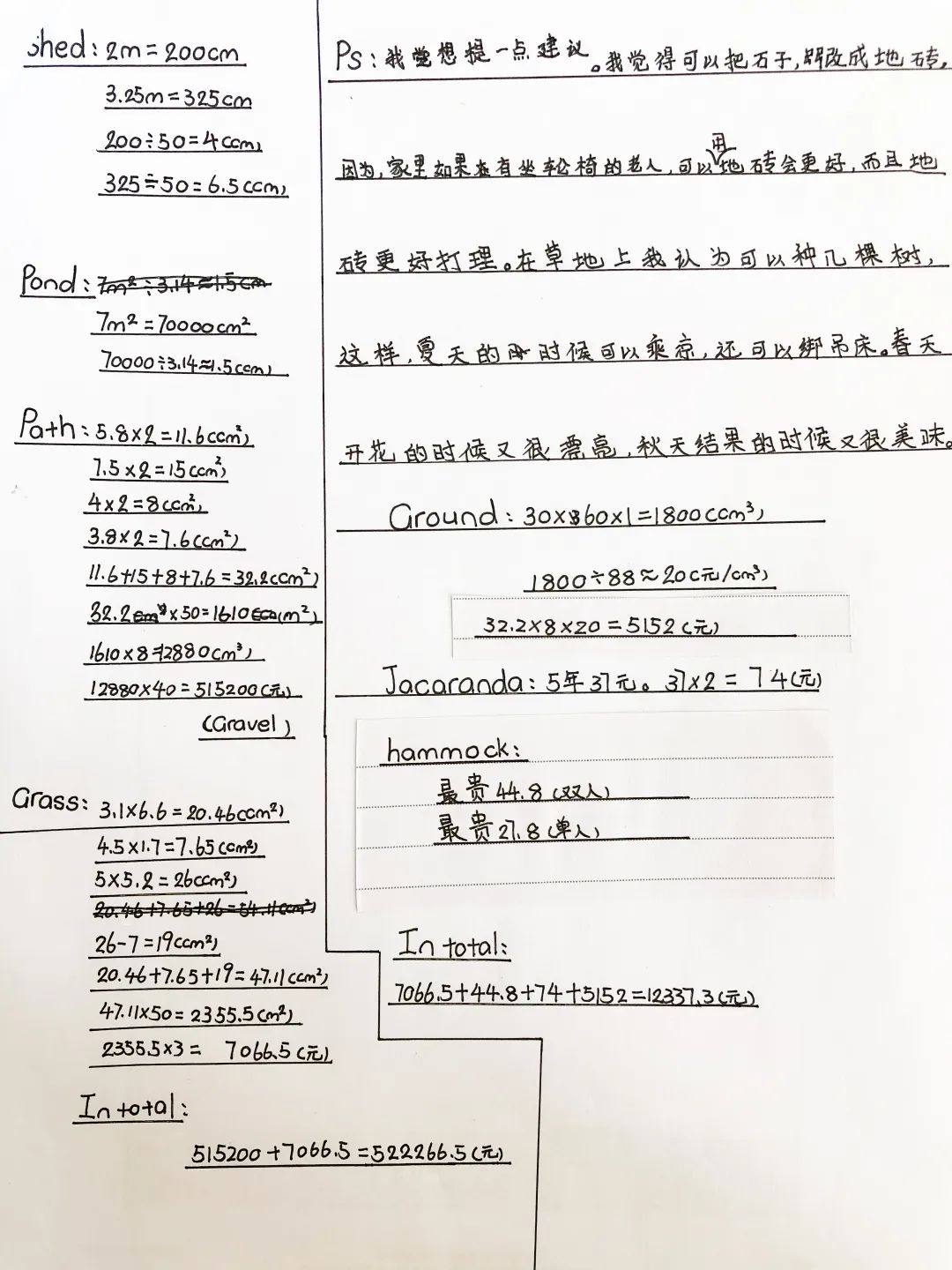
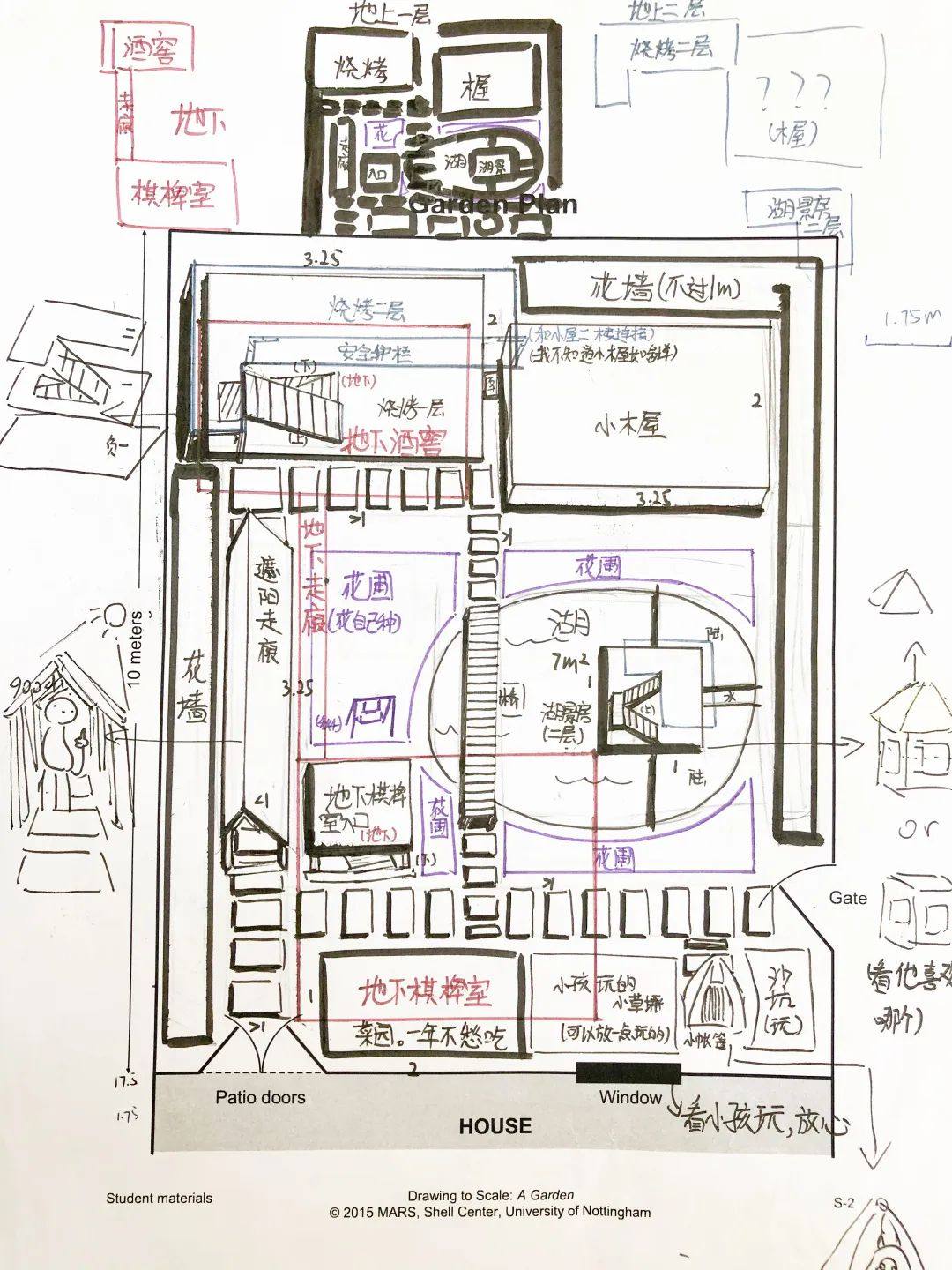
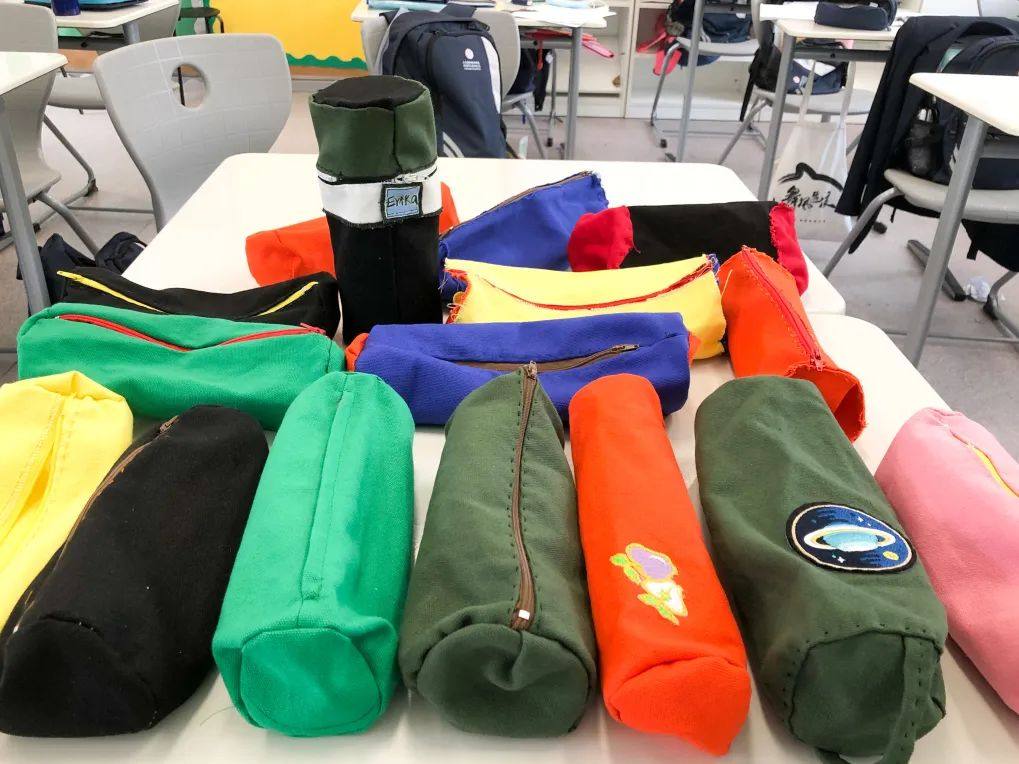



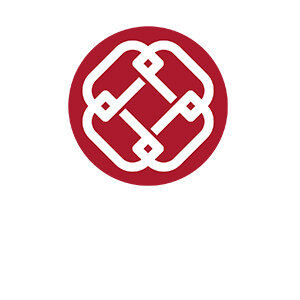
 浙公网安备 33011002014773号
浙公网安备 33011002014773号